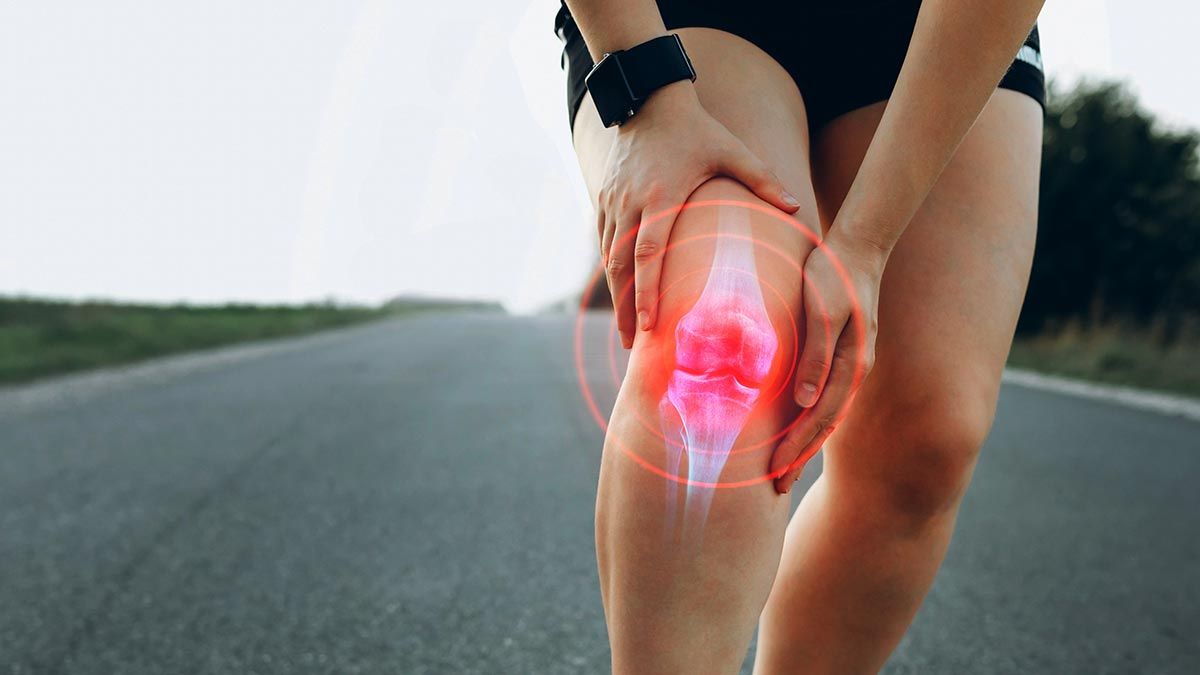Your lifestyle is giving you arthritis: 5 critical factors young Indians must know

Arthritis has long been dismissed as a condition that comes with ageing. However, Indians in their 20s and 30s are now affected due to both genetics and lifestyle changes.
In 1990, India had 23.46 million people with osteoarthritis. This rose to 62.35 million in 2019. But there is a key difference to understand.
Dr Sandeep Yadav, Consultant, Rheumatology, P.D. Hinduja Hospital and MRC, Khar, said that often, many confuse osteoarthritis, a wear-and-tear form seen with ageing, with inflammatory types of arthritis that can affect people of all ages, including young adults and even children.
Arthritis is not a single disease but an umbrella term encompassing over 150 different conditions that cause joint pain and swelling.
Dr Sachin Karkamkar, Consultant Orthopaedic Surgeon, Sahyadri Super Speciality Hospital, Hadapsar, Pune, noted that with growing awareness and access to rheumatology specialists, more cases of young-onset arthritis are now being recognised across India.
Dr Swapnil A Keny, Consultant Orthopaedic Surgeon specialising in Trauma, Arthroplasty (Joint Replacement) and Arthroscopy (Sports Medicine) at Fortis Hospital, Kalyan, said that rheumatoid arthritis commonly affects women aged 20 to 40, causing severe wear and tear in large joints such as the knee, elbow, hip, and spine.
Several factors are responsible for early-onset arthritis among Indians:
Autoimmune disorders strike early
Karkamkar said that autoimmune forms such as rheumatoid arthritis and ankylosing spondylitis (chronic inflammation that affects the spine) often start between the ages of 20 and 40, when the immune system mistakenly attacks the body’s own joints.
It typically begins between ages 16 and 26, but is often dismissed as persistent back pain and stiffness, or mistaken for sciatica or disc problems. This misdiagnosis worsens the condition and delays treatment.
Lifestyle choices
Dr Nikhil Jadhav, Consultant in Orthopaedics at Sahyadri Super Speciality Hospital, Nagar Road, Pune, identifies prolonged sitting, improper posture, lack of physical activity, and obesity as critical factors putting pressure on joints, especially in the knees and back.
Rapid urbanisation, sedentary office jobs, and unhealthy eating habits have increased the risk of obesity-related joint problems across urban India.
Yadav adds that extended desk work and phone/laptop use weaken muscles, triggering early wear and tear and potentially increasing incidences of repetitive strain injuries and fibromyalgia (a chronic disorder characterised by widespread pain).
Rising obesity that places stress on knees and hips while causing inflammation accelerates joint deterioration, leading to osteoarthritis onset at a much younger age.
Diets that are lacking in calcium, vitamin D, and protein, combined with excessive junk food consumption, all cause long-term weakness in muscle power. This bone weakness due to calcium loss accelerates arthritis progression.
Sports injuries
Sports injuries can damage ligaments and menisci, the shock absorber tissue in the knee. When left unattended, these injuries cause friction between bone ends, resulting in early arthritis. Similarly, injuries from high-velocity road accidents or falls from height can cause high-grade damage to joint cartilage and bone, leading to post-traumatic arthritis.
Then there is the crisis of performing high-intensity workouts without a doctor’s go-ahead. Karkamkar notes that repeated injuries from such workouts, or even untreated sprains, result in early joint wear-and-tear. Inadequate rest after sports injuries or skipping physiotherapy adds to the risk.
Environmental and genetic factors
Yadav says smoking is a huge risk factor, with heavy smokers being at double the risk of developing the condition. And in non-smokers, who are otherwise genetically predisposed to the condition, pollution ups the risk.
Frequent occurrences of dengue and chikungunya have led to a surge in post-viral arthritis. The lingering joint pain and swelling that is left behind is often rheumatoid arthritis.
Chronic systemic conditions
Keny explains that systemic conditions like obesity, diabetes, and osteoporosis can predispose individuals to arthritis at a young age. Diseases like gout (caused by rising uric acid levels) and psoriasis can cause arthritic changes in the knees and small joints of hands and feet.
What can be done
Young-age arthritis, though unexpected, is very real. Most young individuals, through proper and timely diagnosis, exercise, lifestyle changes, and medical facilitation, can manage symptoms effectively and enjoy an active and healthy life.
A comprehensive prevention strategy includes maintaining a healthy weight, appropriate exercises, eating anti-inflammatory foods such as fruits, vegetables, and omega-3-rich fish, and being watchful of changes in joints.
It is important not to dismiss persistent joint stiffness and swelling early. Seek specialist care before long-term damage occurs.
Health